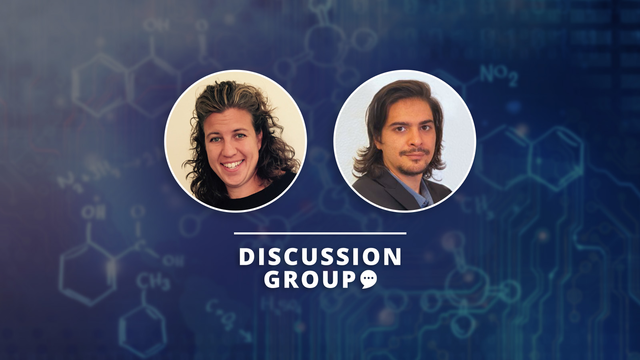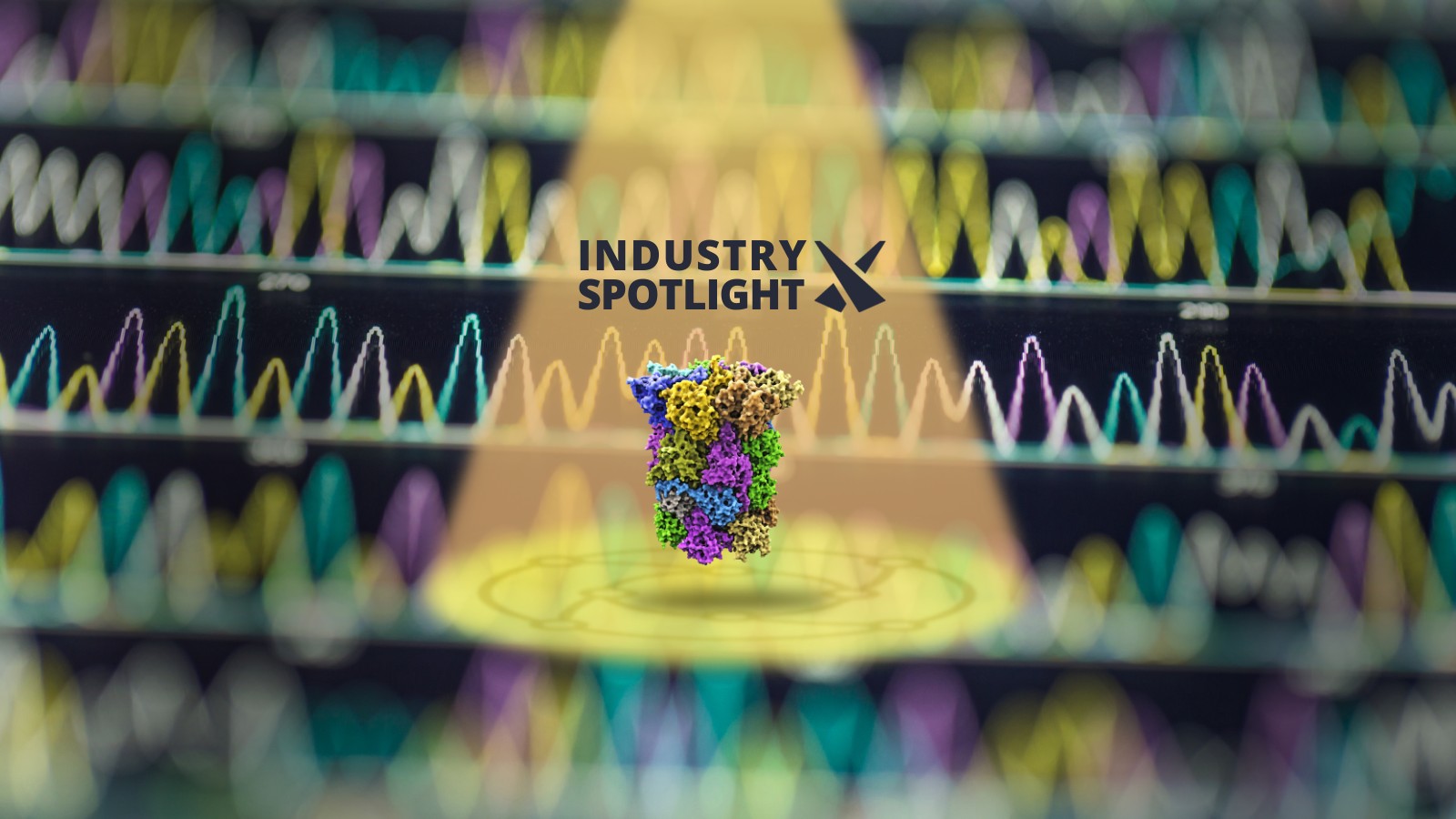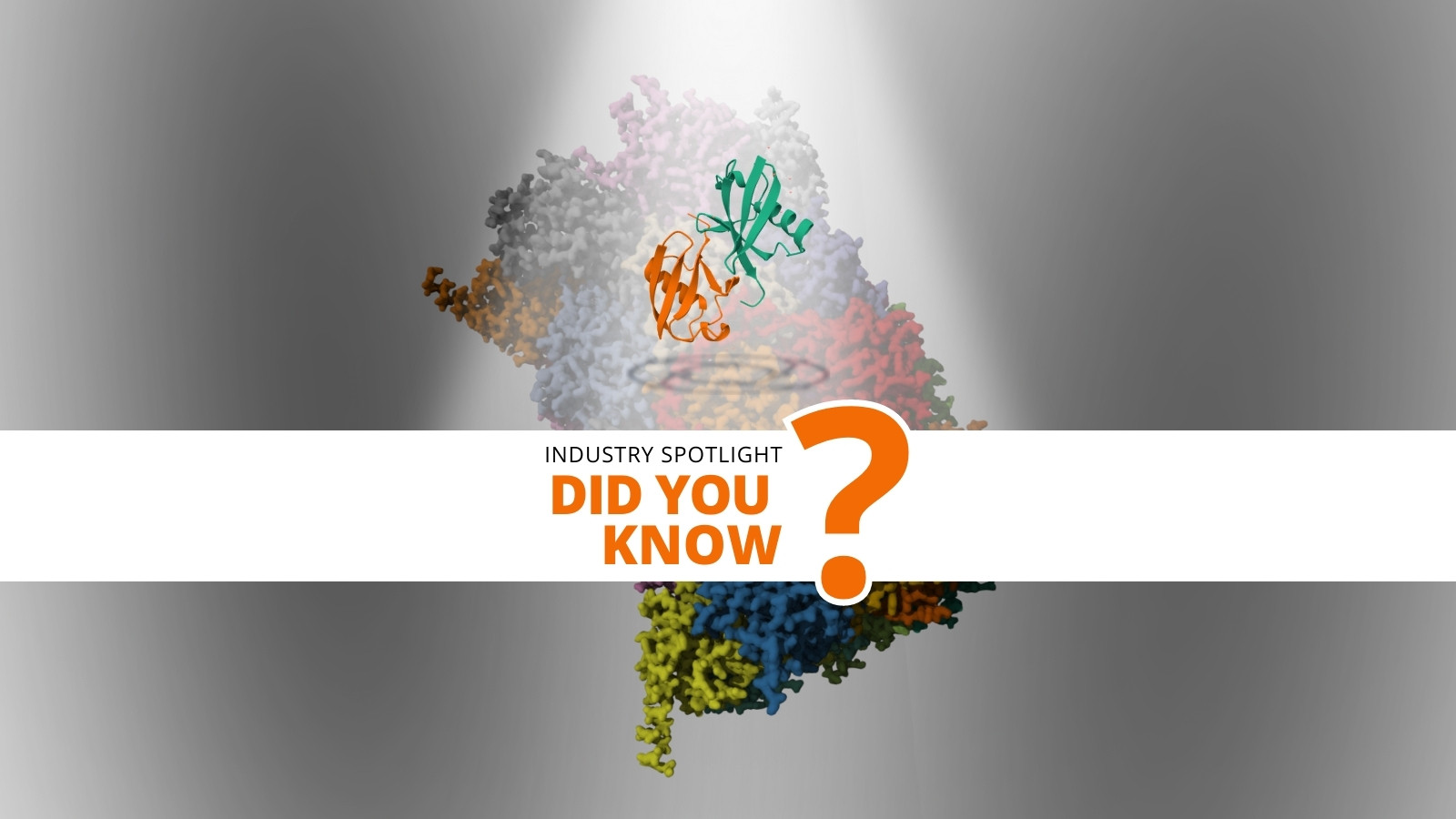Automation Experts Discuss New Platform for Synthesis in Organic Chemistry

In November 2022, Discovery Series was delighted to host a discussion focussed on Automation and Synthesis in Organic Chemistry. Hosting the group and looking forward to a stimulating discussion were two representatives from Neurocrine Biosciences: Executive Director Nicole Harriott, and Senior Automation Engineer Micah Bowser.
Neurocrine is a medium size biotech based in San Diego which concentrates on neuroscience drug discovery, of which Harriott heads up the Chemistry and Enabling Technologies group. Bowser has been with Neurocrine for almost four years; his prior experience was working at Hamilton Robotics always being heavily involved with the development of automated chemical synthesis platforms.
- Using AI to Drive Drug Design: Maximising the Impact of Big Data with Computer Aided Drug Discovery
- Leading Perspectives on Using AI Tools to Drive Drug Design
Neurocrine’s interest in automation comes out of the company’s necessity. “If we can’t have a large chemistry group,” explained Harriott, “we need to learn how to do things smarter, better, and faster.” Although an invaluable tool, Harriott was keen to preface that sometimes automation cannot solve certain problems: “it’s important to ask the question whether you’re automating to solve a problem or automating for the sake of automating.”
Neurocrine’s Automated Chemical Synthesis Platform
Bowser then took the group through their newly finalised ‘Synthesis 2.0’ platform which utilises a Hamilton Vantage 2.0 liquid handler. “It’s a combination of store plus liquid handler,” he explained. Furthermore, a Hamilton Verso M4 with four modules is kept at ambient temperature for sample management. “All the hardware is pretty much brand new,” explained Bowser.
All of the team’s chemical building blocks are kept in 5ml FluidX plastic tubes. “We get these tubes out of the store, de-cap them, and then we can go to work plating them in 96 or 384 well plate formats,” explained Bowser. The chemist working on the project can then select a plate format to their need, depending on the reaction size or throughput of the experiment.
The throughput of the experimentation depends on the volume of the reaction in that the chemist chooses. Therefore, for a chemist working in 96 well plates, Neurocrine’s platform can handle eight plates at one time, per experiment. For smaller volume reactions, the team can manage the reactions within eight plates of 384 wells. Bowser estimated the reactions within an eight-plate model to take between six and eight hours depending on incubation.
One limitation that Harriott explained was all of the team’s reagents are stored in N-methyl-2-pyrrolidone (NMP) solution: as of yet, the system did not have the ability to do solid dispensing. “Because we are storing the reagents in the Verso, we have to limit what we put in them — for example, acid chlorides and things which will go off,” added Harriott.
The platform is able to achieve a wide variety of reaction conditions, almost anything that is soluble in NMP can be used with the system. The Neurocrine team have found NMP to be the most versatile solvent as Harriott pointed out, “we do have the ability to use different solvents, but evaporation is always an issue in these cases.”
Neurocrine’s choice of the Hamilton machine was partially out of necessity, “we needed something to store our absolute five-hundred-thousand-plus compound library.” The first version of this setup stored not only reagents but also final molecules and other chemicals.
‘Reaction Steps’ Software
Due to the success of the first iteration, the new platform uses custom-built dedicated software which provides the team more flexibility with reaction conditions. “It’s not just two worklists come together,” explained Harriott. “We can add things, pre-activate, then at a later timepoint add our second reagents. So, we have more flexibility now than we used to.”
Bowser then commented on their liquid handling strategy called ‘reaction steps.’ The software allows chemists to define the phases of a reaction. “Version one was a lot quicker and dirtier: throw everything into a reaction well, add your catalysts, shake it, and that’s it,” he said.
Reaction steps instead tries to more closely mimic the steps that a chemist would take at the bench, “in terms of order of operations et cetera.” The second iteration of the platform uses a custom-built software interface that enumerates reactions and a worklist to drive liquid handlers. Bowser said that with this technique they had garnered more success in their reactions.
End Goals and Limitations
“One of our goals is to get to a closed loop system. But to do that, at least in the paradigm that we’re envisioning, it wouldn’t require crude testing,” explained Harriott. The team at Neurocrine have had previous success with crude testing but found its success to be contingent on the type of project and assay. “So the way that we do it now is with these 96 well plates because it gives us enough volume to get through our automated purification system, plating, and then it moves on to assays.”
Further limitations were brought up related to the to assays. Radioligand filtration binding assays have worked well for Harriott’s team in crude testing, but there are complications in functional assays associated with the amount of solvent used and crude reactions. “What I always push our biologist to do is test it out and see,” said Harriott. “But we have found that, especially with functional assays, more physiologically relevant assays are not so easy.”
As always, it was a pleasure to host yet another insightful discussion. If you would like to have access to the full recording, as well as complementary invitations to join our upcoming discussion groups, please consider our membership offerings.
Connecting leaders in drug discovery to optimise organ modelling techniques and facilitate advanced applications?. With over?300 attendees, our Organ Modelling Discovery Congress addresses an important and expanding field which provides new understandings in organ functionality and novel approaches to drug development.





.png)

